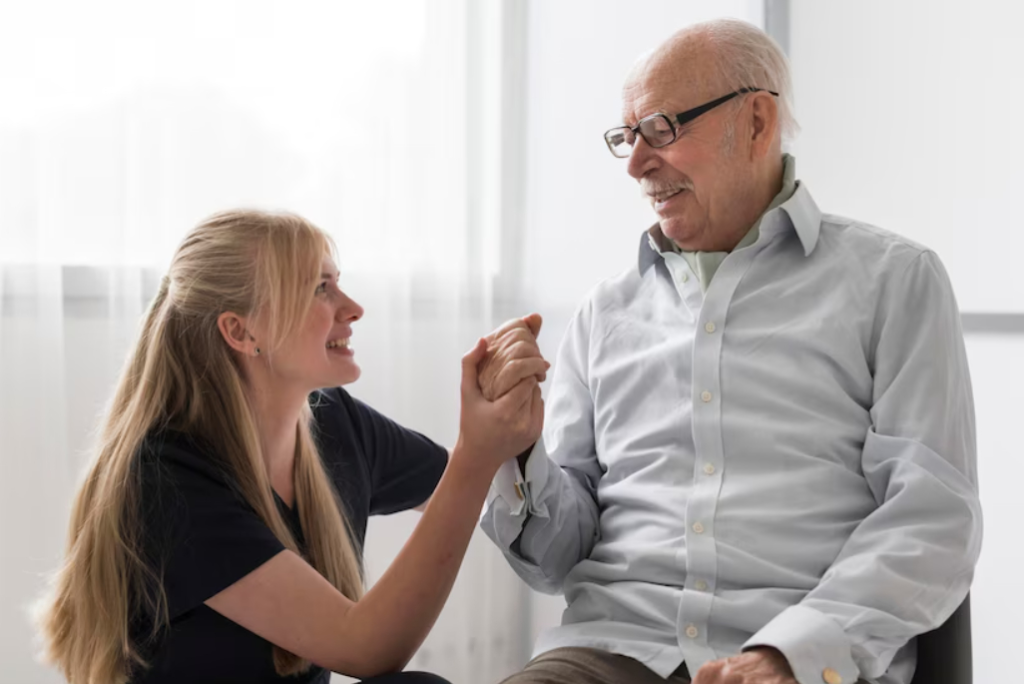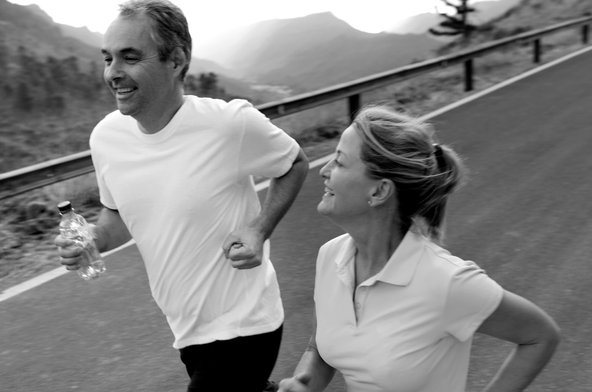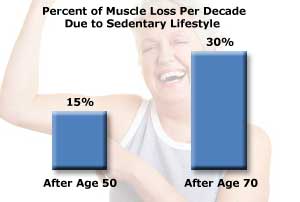
Parkinsonism is a chronic, progressive neurodegenerative disease that mainly affects a person’s movements. Although, unfortunately, there is currently no direct way to completely stop the progression of Parkinson’s, numerous studies and clinical observations show that early detection, appropriate treatment and a healthy lifestyle can significantly slow its progression and improve a patient’s quality of life. Let’s take a look at the main aspects of this issue.
Before talking about the possibility of stopping the development of Parkinson’s, it is necessary to understand its nature. Parkinsonism is associated with decreased levels of dopamine in the brain, leading to impaired movement control and other characteristic symptoms such as tremors, slowness of movement, muscle rigidity and balance disorders. This dopamine deficiency is caused by the death of neurons in a specific part of the brain called the substantia nigra.

Comprehensive approach to treatment
To date, Parkinson’s treatment is primarily aimed at symptomatic improvement of the patient’s condition and slowing the progression of the disease. The main methods of treatment include medication, physical therapy, speech therapy, surgery and regular exercise.
Drug therapy
Medications such as levodopa, which increase dopamine levels in the brain, are the primary treatment for Parkinson’s. However, the effectiveness of these medications may decrease over time, and it may be necessary to change the dosage or add other medications to control symptoms.
Physical therapy and rehabilitation
Physical therapy, speech therapy, and other rehabilitation techniques can help Parkinson’s patients maintain or regain their mobility, improve coordination, and reduce the risk of falls. These techniques can also improve patients’ quality of life and help them manage daily tasks.

Surgical treatment
For patients with advanced Parkinson’s in whom medications are no longer effective, surgical intervention such as deep brain stimulation may be considered. This method involves implanting electrodes into specific areas of the brain that are stimulated to improve symptoms.
- Ineffectiveness of antiparkinsonian therapy;
- severe adverse reactions or incompatibility with medications;
- the occurrence of drug-induced dyskinesias that impair quality of life.
Opportunities to slow progression
Although Parkinsonism is a progressive disease, there is hope that proper treatment and lifestyle can slow its progression.
Early detection
Early detection of Parkinson’s plays a key role in its management. The earlier the disease is diagnosed, the earlier treatment can be started and the more effectively symptoms can be controlled.
Healthy lifestyle
Practicing a healthy lifestyle can have a positive impact on Parkinson’s progression. This includes regular exercise, a healthy diet, adequate rest and stress management. Moderate exercise can strengthen muscles and improve balance, and a healthy diet can provide essential nutrients for healthy brain function.

Support from others
Support from family, friends, and professionals such as neurologists and physical therapists also plays an important role in the management of Parkinson’s. Emotional support and understanding from others can help patients cope with the difficulties they face.
Is it possible to slow the progression of Parkinson’s
While there is currently no direct way to stop the progression of Parkinson’s, there are many treatments and approaches to managing the disease that can help slow its progression and improve patients’ quality of life. Early detection, proper treatment, a healthy lifestyle and support from others are key components of effective Parkinson’s management.
At Neuro Implant Clinic we strive to improve the quality of life of patients with this disease. With our treatment, we aim to minimize symptoms and make everyday life easier for our patients. Find out more about our procedures by visiting neuroimplantclinic.com, calling +34 656 500 167 or emailing [email protected].














